How I started to understand geological time and appreciate the fossils around us.
Federico Fanti and I in an ancient underwater landscape, the Dolomites in Northern Italy
The museum curator put a rock in my hands. I got the impression I was very lucky to be holding it. It came from behind museum glass. "This is a perfect example of a fossilized reptile footprint! Do you see it?" Federico, my paleontologist professor friend, asked excitedly.
If this was a precious fossil, why were they letting me hold it?! Why didn't anyone seem concerned about me dropping it? My thoughts raced. I looked closely at it. It really did look and feel just like an ordinary rock to me, not unlike the ones found in my garden back in California. My confusion contrasted with Federico and the curator's enthusiasm.
Federico put his fingers on grooves in the rock. "See? This is where the claws and palm were." The museum curator pointed to a diorama with a replica of a donkey-sized iguana. The creature who made this footprint roamed 10 million years before the dinosaurs.
"The dinosaurs were like yesterday," Federico has told me many times.
"Do you see the footprint?", Federico asked again. I was tempted to say "Oh, I see now," and move on. I was tired. It was six o'clock in the morning. We'd literally crossed seven time zones the day before, from the Caribbean to Northern Italy. We came here, to Federico and the production crew's home turf in the Dolomites, Northern Italy, to see "rocks" like the one I was holding in my hand. Ages ago these rocks, as I call them fondly, were part of a vivid underwater coral landscape, similar to the reefs we dove in the Caribbean and that I've studied and admired my whole life. But instead of using SCUBA gear, submarines, or underwater cameras to study these ancient reefs, we were lacing up hiking boots, layering on jackets, and grabbing gear from ski shops.
We came to the Dolomites to tell a different story about coral reefs -- not one of dying and bleaching, but one of resilience. Coral, after all, have survived for 500 million years. On that time scale, we humans have been around for a mere blip in time (200,000 years).
If this was a precious fossil, why were they letting me hold it?! Why didn't anyone seem concerned about me dropping it? My thoughts raced. I looked closely at it. It really did look and feel just like an ordinary rock to me, not unlike the ones found in my garden back in California. My confusion contrasted with Federico and the curator's enthusiasm.
Federico put his fingers on grooves in the rock. "See? This is where the claws and palm were." The museum curator pointed to a diorama with a replica of a donkey-sized iguana. The creature who made this footprint roamed 10 million years before the dinosaurs.
"The dinosaurs were like yesterday," Federico has told me many times.
"Do you see the footprint?", Federico asked again. I was tempted to say "Oh, I see now," and move on. I was tired. It was six o'clock in the morning. We'd literally crossed seven time zones the day before, from the Caribbean to Northern Italy. We came here, to Federico and the production crew's home turf in the Dolomites, Northern Italy, to see "rocks" like the one I was holding in my hand. Ages ago these rocks, as I call them fondly, were part of a vivid underwater coral landscape, similar to the reefs we dove in the Caribbean and that I've studied and admired my whole life. But instead of using SCUBA gear, submarines, or underwater cameras to study these ancient reefs, we were lacing up hiking boots, layering on jackets, and grabbing gear from ski shops.
We came to the Dolomites to tell a different story about coral reefs -- not one of dying and bleaching, but one of resilience. Coral, after all, have survived for 500 million years. On that time scale, we humans have been around for a mere blip in time (200,000 years).
My hand and sunglasses (for scale) near bivalve shell fossils. We had picked a flat spot to sit and have lunch, and it wasn't until sitting there for about an hour that I noticed these! At first, I wasn't convinced that they were fossils.
The Dolomite's marine origin didn't click for me until seeing this fossil -- about the 12th fossil I'd seen that day. Our camera assistant found it while we were trekking through a cow pasture to another site. The shell imprint looks like a shell I might find on the beach today, but it was made when the continents were still Pangaea.
I'd been warned that there were fossils everywhere in the Dolomites. I'd walked over countless ones without knowing it. At first, it all looked like rock to me, but as I learned more I saw it all through a different lens. I find that's often the case in life -- the more you know, the more you appreciate and are fascinated by the world around you, even the simplest things.
Back in California, I've continued to see coral in unlikely places. I see it in the façade of a building in an arid suburb of San Francisco where I am quarantined during COVID. Fossils make our planet what it is. Most are not behind museum glass. Some are polished and clear in marble countertops, or in the hands of fossil hunters, but most are ground and crushed up into unrecognizable formats, to pump into our cars, to mix with concrete for new buildings. The fossil fuels we rely upon are exactly that: fossils.
Back in California, I've continued to see coral in unlikely places. I see it in the façade of a building in an arid suburb of San Francisco where I am quarantined during COVID. Fossils make our planet what it is. Most are not behind museum glass. Some are polished and clear in marble countertops, or in the hands of fossil hunters, but most are ground and crushed up into unrecognizable formats, to pump into our cars, to mix with concrete for new buildings. The fossil fuels we rely upon are exactly that: fossils.
Left: 240M million year old marine fossil from the Dolomites region. Right: Dead coral, likely just a couple decades old, washed up on the beach in Honduras where I did my graduate studies.
Epilogue: Little less than a year after filming, towns in Northern Italy close to where we filmed became the first and hardest hit by COVID in Europe. Our hearts go out to everyone affected.
Our documentary, “The Secret of the Oceans”, premiered in Italy on Christmas Day and showed on the National Geographic Channel in the UK on April 22, Earth Day, after Jane Goodall's special. You can also watch on-demand with a Sky TV subscription (link).
Our documentary, “The Secret of the Oceans”, premiered in Italy on Christmas Day and showed on the National Geographic Channel in the UK on April 22, Earth Day, after Jane Goodall's special. You can also watch on-demand with a Sky TV subscription (link).

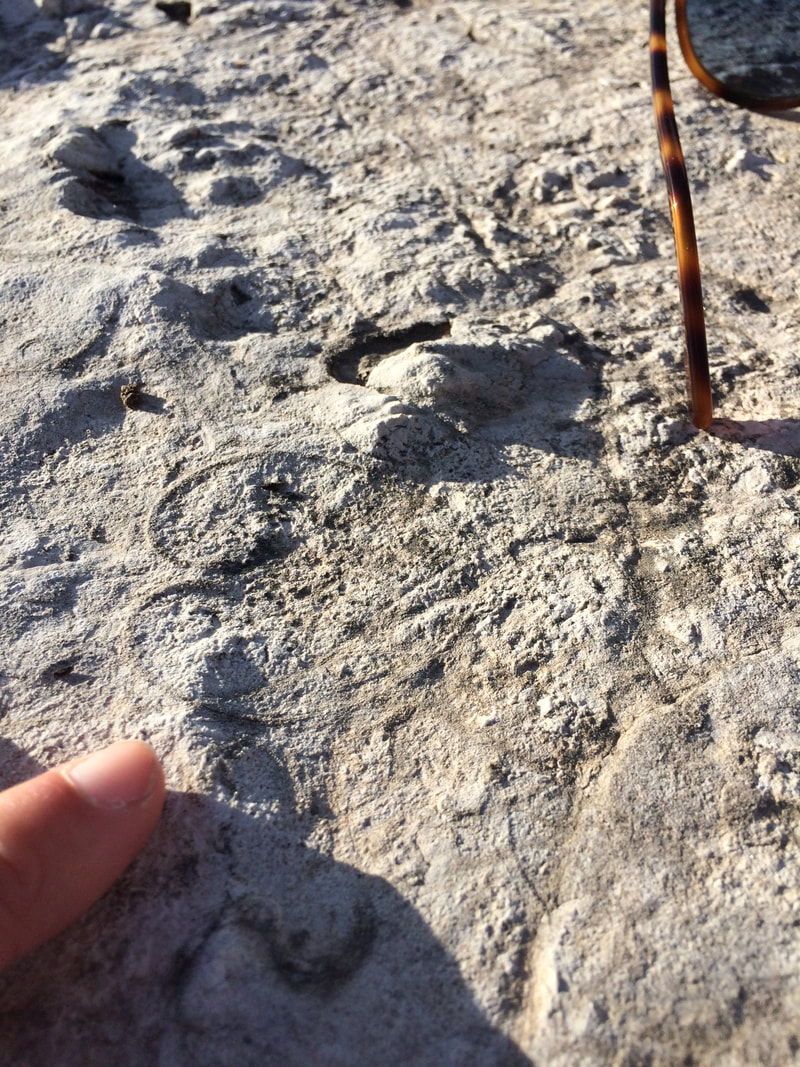
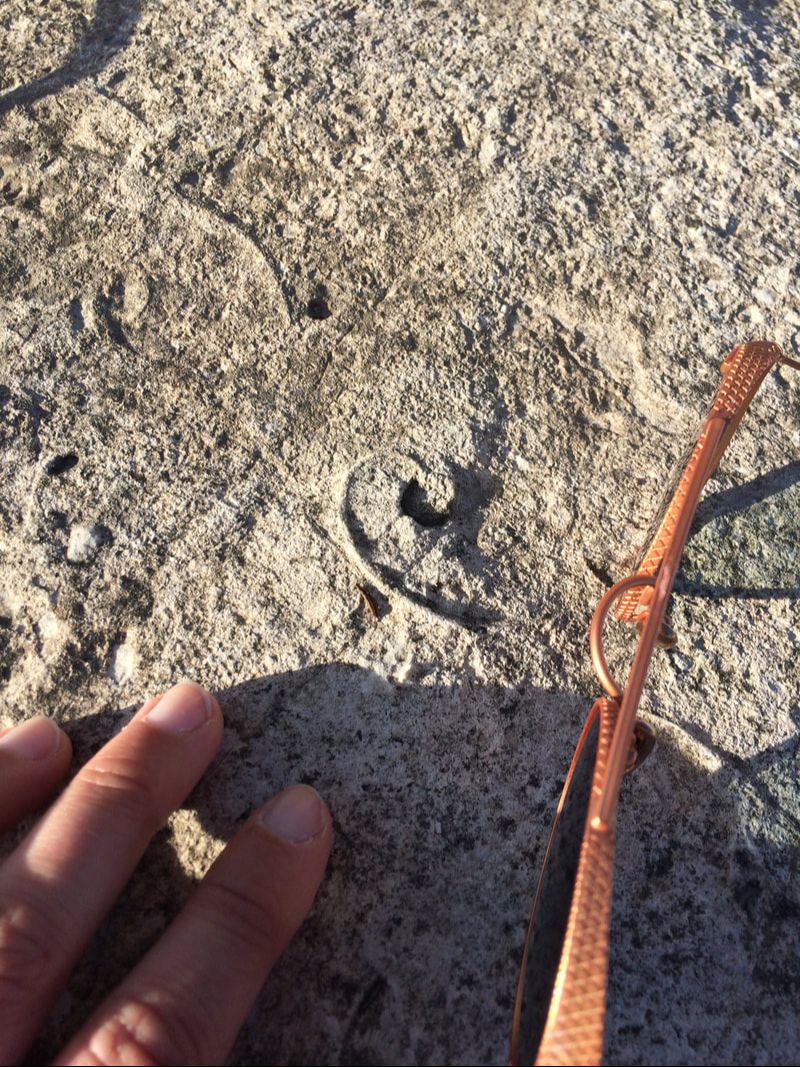
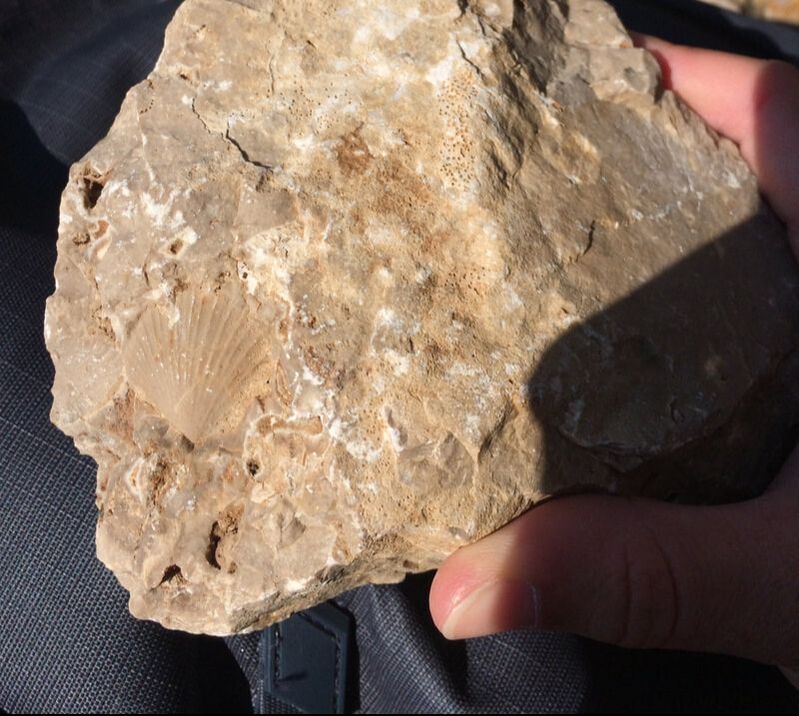
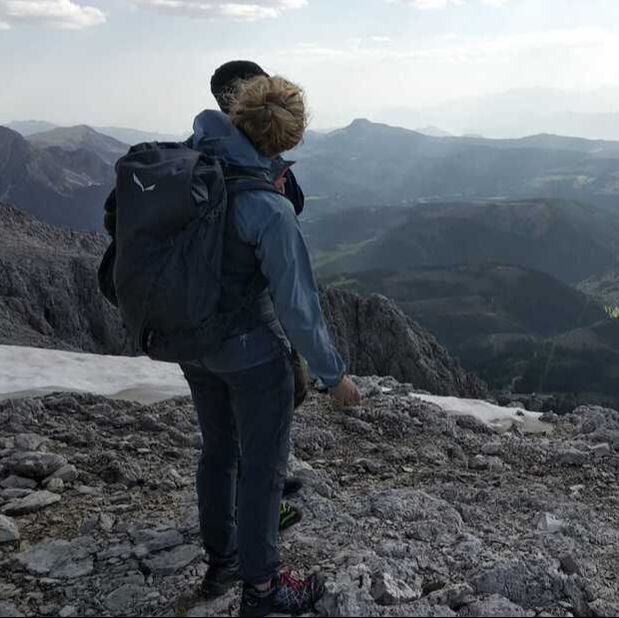
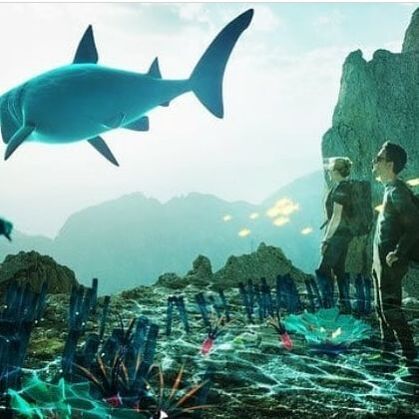
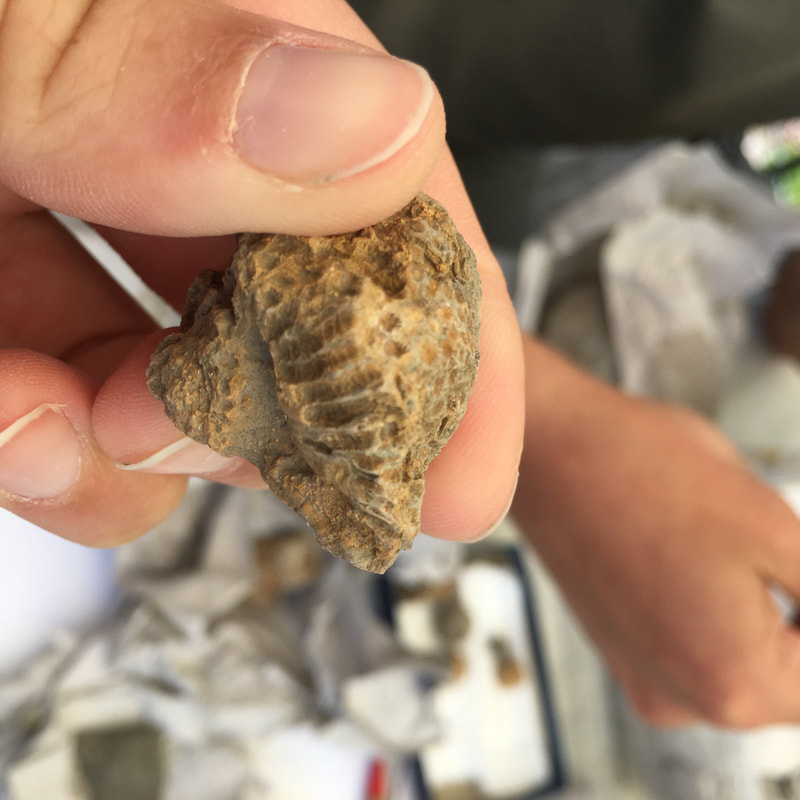
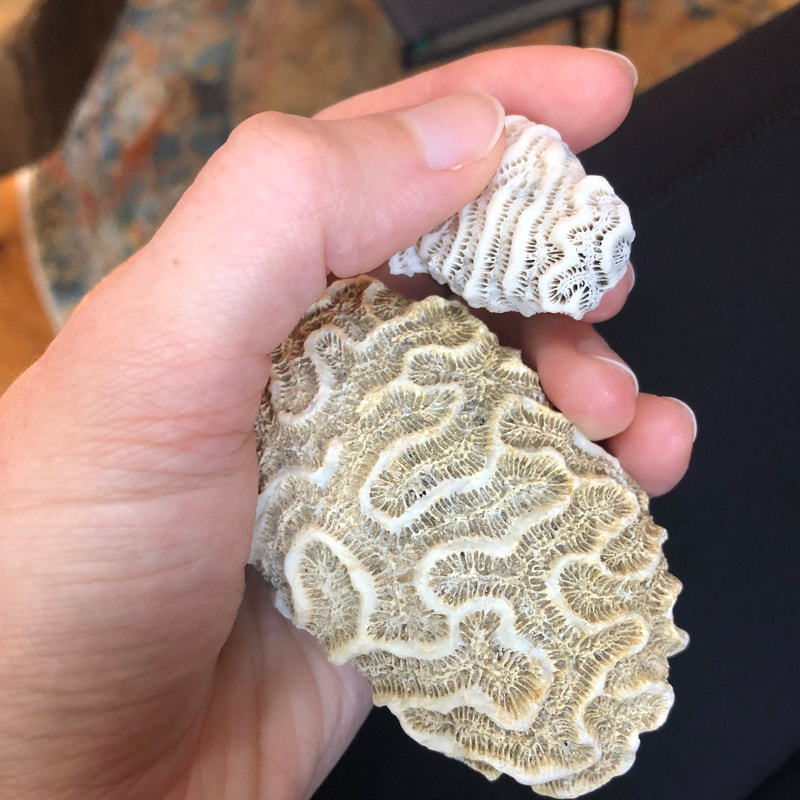

 RSS Feed
RSS Feed
